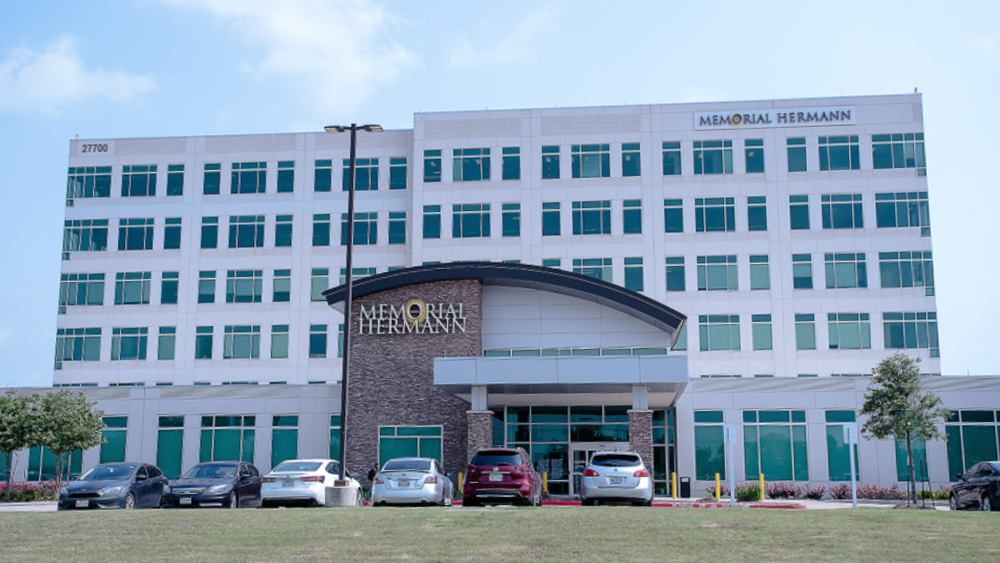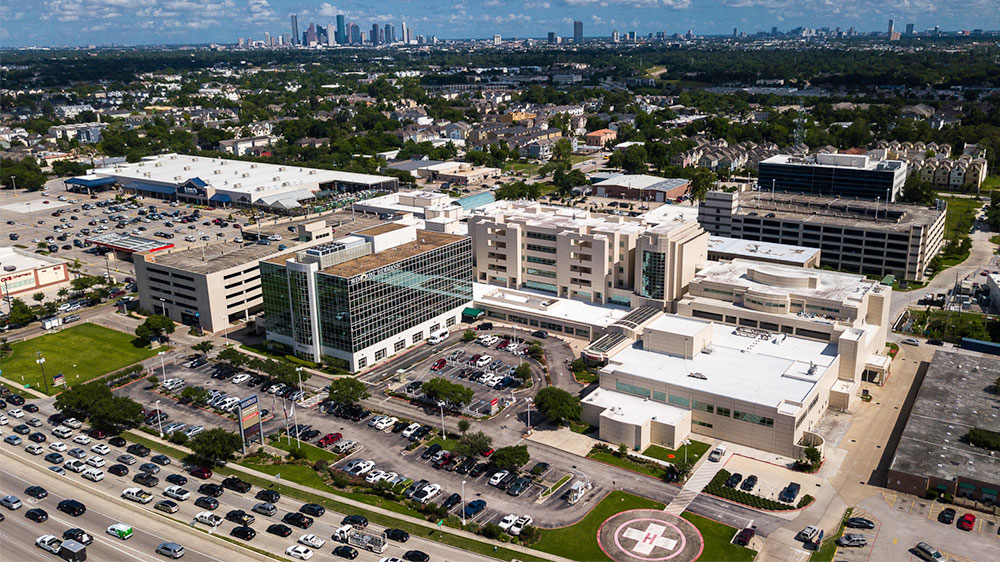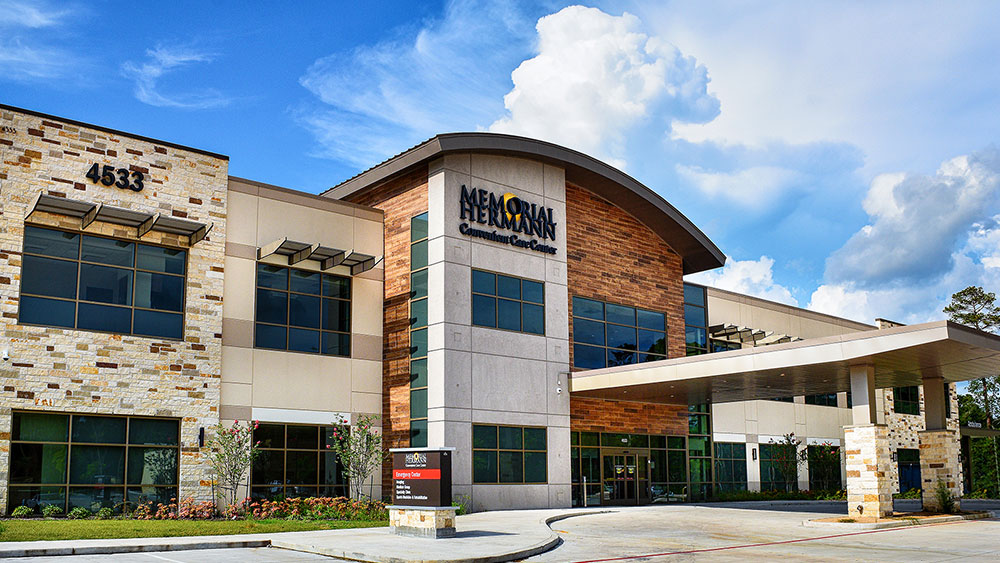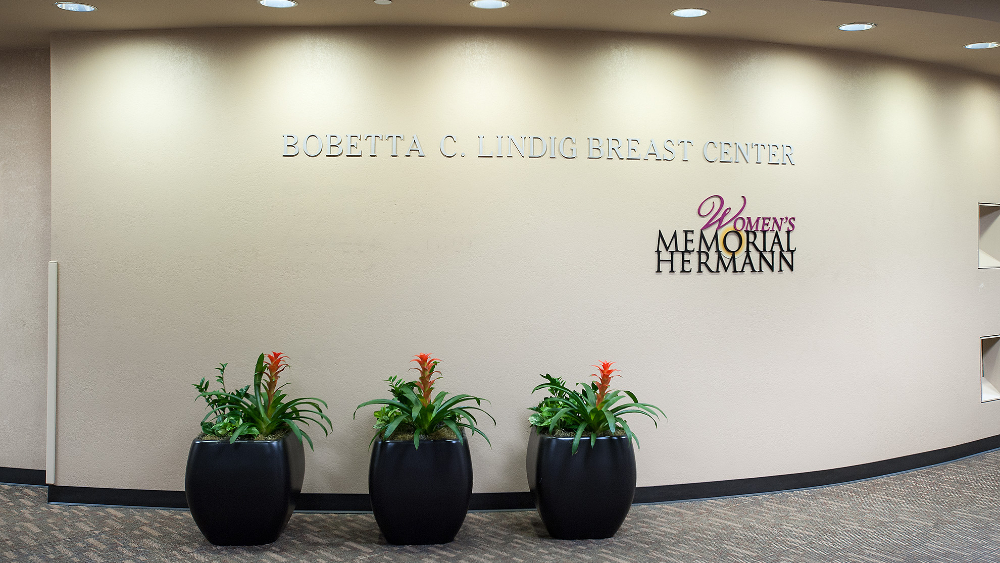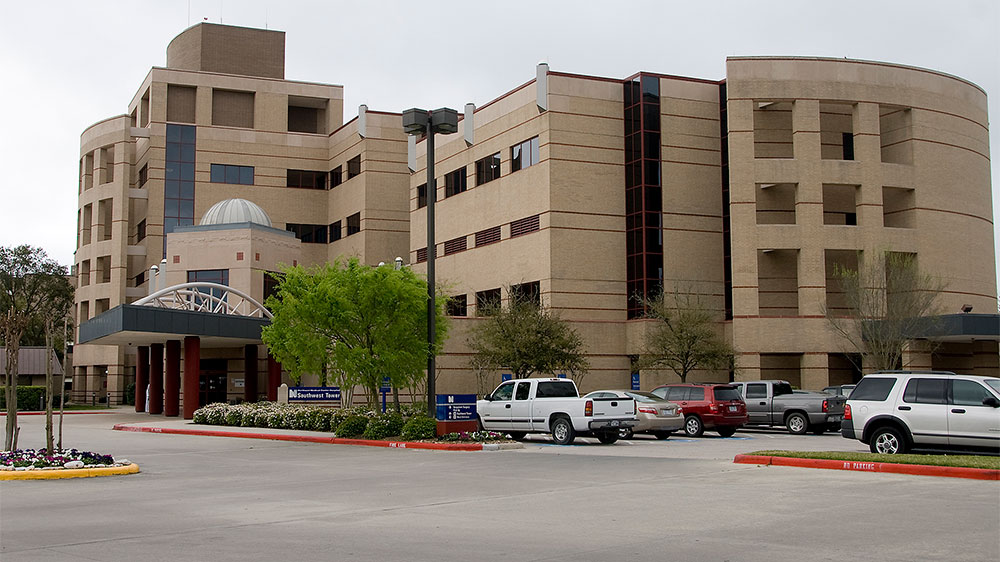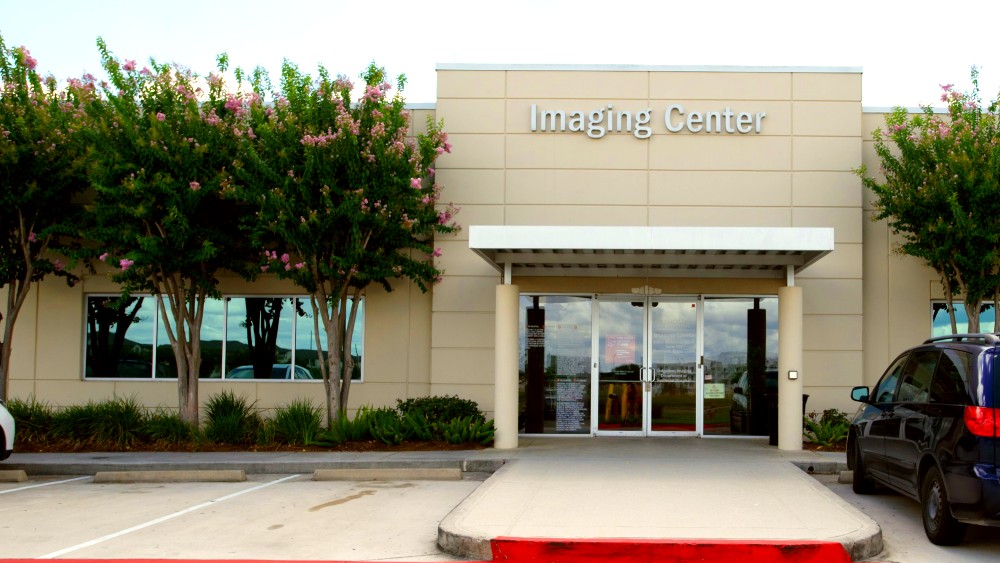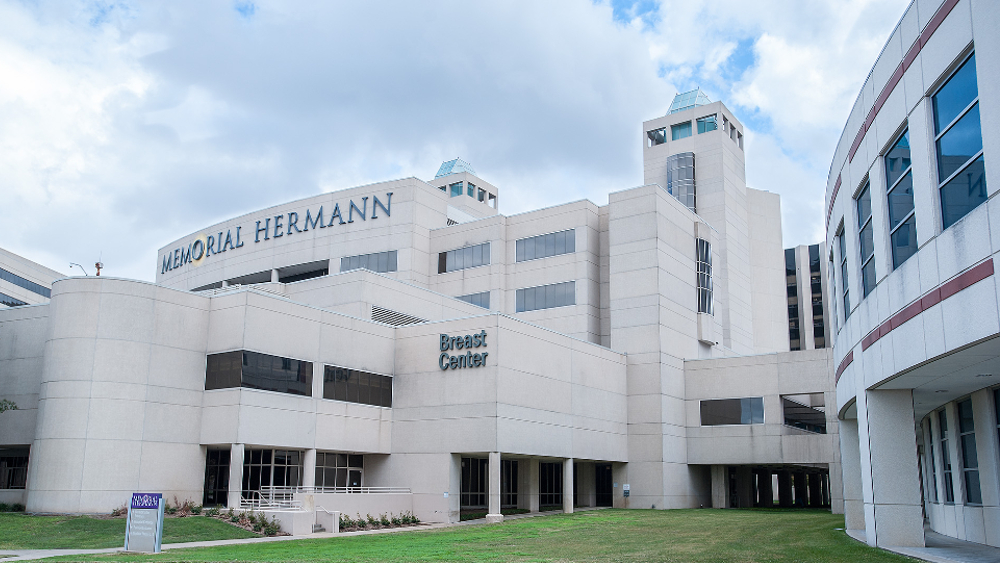Memorial Hermann is Houston's largest provider of diagnostic imaging, and we're committed to providing you with high-quality, efficient imaging services, like DEXA (bone density screenings) scans, at multiple Breast Care Centers and Imaging Centers throughout Greater Houston.
What is a DEXA Scan and How Does it Work?
Dual energy X-ray absorption (DEXA) scans are used to test bone structure, bone mineral quality and bone density. This low-dose X-ray scan can help your doctor analyze the strength or weakness of your bones, assess how susceptible you are to fractures and determine the presence of osteoporosis — a treatable bone disease that causes bones to weaken and break easily.
DEXA machines use two X-ray beams – one high energy and one low energy – to estimate bone density in your spine, hips or forearms. The images from the machine are used to compare how much of the beams are blocked by bone and soft tissue, as bones with higher mineral density allow less of the X-ray beam to pass through. DEXA scans are the most accurate method for measuring bone mineral density and can detect as little as 2% of bone loss per year.
When Are DEXA Scans Recommended?

- You are on a steroid regimen known to affect bone density
- You have broken a bone after the age of 50
- You are going through menopause or are post-menopausal
- Your height has dropped significantly (by at least 1.6 inches)
- You are elderly and complaining of back pain
- Your osteoporosis treatment needs to be monitored
DEXA Scan Results
Your DEXA scan results will be compared to the bone density of a healthy 30-year-old, and those results will be reported through T-scores and Z-scores.
T-scores fall into three categories:
- Normal (T-scores of -1.0 or above)
- Osteopenia (T-scores between -1.0 and -2.5, indicating that your bones are weaker than normal, but not weak enough to diagnose as osteoporosis.)
- Osteoporosis (T-scores of -2.5 or below)
The lower your T-score (below -1.0), the less bone density you have and it is more likely that your osteopenia or osteoporosis is severe.
You will also receive a Z-score, which is compared to the normal bone density score based on your sex, weight, age and race. Your Z-score helps your doctor determine if an underlying condition is causing a loss of bone density, rather than aging.
DEXA Scan Risks vs. Benefits
A DEXA scan is one of the simplest, most effective tests to examine bone density, and involves little to no risk to the patient. In fact, the radiation used is so low that the imaging technician can be in the room at the same time.
If you are pregnant or if your young child needs his or her bone density tested, we do recommend avoiding any exposure to radiation, no matter how low. In these situations, special equipment will be used in lieu of a DEXA scan.
What to Expect from a DEXA Scan
A DEXA scan is shaped like a “C,” with the top of the “C” moving across the exam table to capture X-ray images. Before the scan, you will be asked to lay on your back on an exam table.
Your positioning on the table will depend on which part of your body the doctor needs to scan. If your spine needs to be examined, you will have padding placed under your calves, resting your knees on the padding to bring your spine into straight alignment. If your hips need to be examined, you will have padding placed between your feet at an angle that allows your hips to open up.
A DEXA scan is pain-free, aside from any discomfort you might feel from the various types of positioning. The scanning process will take about 15 to 20 minutes.
How to Prepare for a DEXA Scan
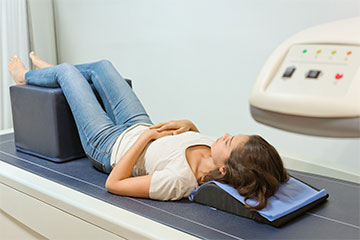
It’s best to be mindful of what you wear when you receive a DEXA scan. Pants with an elastic waistband are preferred, and if you are wearing a bra with metal clasps or underwire, you will be asked to remove it. Also, make sure your pockets are empty, and remove any jewelry or metal.
When to Expect Results
The type of scan you receive depends on the body part the needs testing. The two main types of bone density scans include:
- Central DXA: This scan tests the hips or spine for bone density and, due to the size of the machine, is typically performed in a hospital or imaging center. The machine used is an open table with a C-shaped arm. This scan is the standard procedure and machine used when a DEXA scan is ordered.
- Screening Test: This scan tests smaller areas of the body, such as the forearm, finger, wrist or heel. The machine used during this test is small and portable, and is often used in community health vans or drugstores. According to the National Osteoporosis Foundation, screening tests are not as accurate as central DXA scans and should not be used as the sole determiner for osteoporosis.
- pDXA: This DEXA screening test, which stands for peripheral dual X-ray absorption, should be paired with a central DXA scan if osteoporosis is suspected.
- QUS: This screening test, which stands for quantitative ultrasound, is less expensive than a DEXA scan but is also less accurate.
Choose Memorial Hermann for Your DEXA Scan
At Memorial Hermann, we provide a comprehensive offering of imaging services throughout the Greater Houston area. We strive to return reports quickly, so you and your doctor can discuss treatment options. A physician order is required to for a Dexa scan. If you have your order, you may schedule a DEXA scan online 24/7, or call (877) 794-8700 to speak with a nurse navigator.
Contact Us
Complete the form below to be connected to our Nurse Navigator – a dedicated registered nurse who specializes in breast health and is available to provide education and resources.
